Report this entry
More from the same community-collection
Loretto Class of 65 40th Reunion
In Juarez Loretto class of 65 celebrating 40th reunion. Sitting ...
Paso del Norte Health Foundation - Video
Celebrating 20 years of improving the health of the people ...
Dr. Verghese headlines PdNHF 20th Anniversary celebration
Dr. Abraham Verghese comes back to El Paso to celebrate the Paso ...
Paso del Norte Health Foundation celebrating 20 years
Paso del Norte Health Foundation was established on September ...
Paso del Norte Health Foundation Banners
Paso del Norte Health Foundation’s Proud Partner - Sierra ...
Paso del Norte Health Foundation Banners
Celebrating 20 years of health leadership on the border. ...
Muñoz Family Outside Virginia St. Home - El Paso, Texas
Grandparents, great-grandparents, and aunts hanging outside ...
San Francisco Bar & Grill - El Paso, Texas
My friends and I were part of the 1996-1997 W.H. Burges High ...
W.H. Burgess High School 1997 Graduation - El Paso, Texas
Proud graduate in Top 10% (which is why I'm wearing white) and ...
Baptism at Our Lady of Guadalupe Catholic Church
Ricardo & Gloria Macias with their daughters Nancy and Vanessa ...

















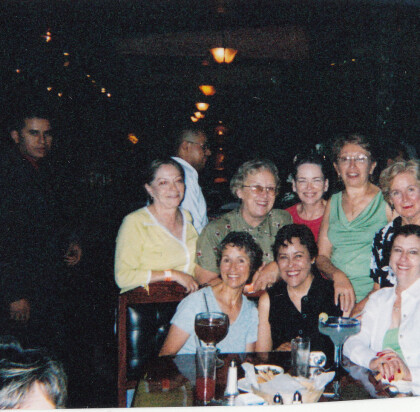
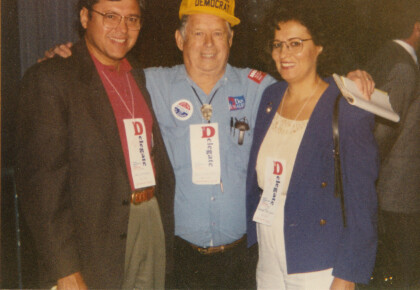
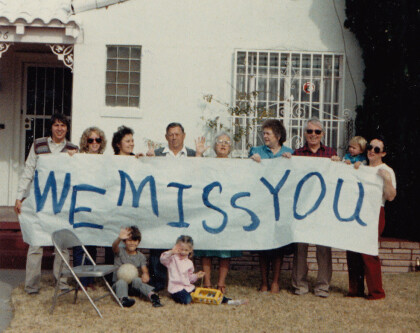
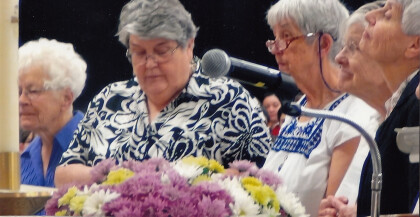
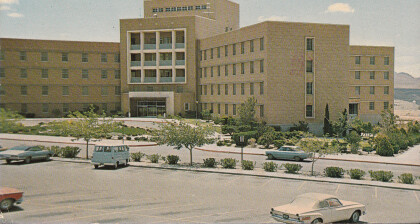
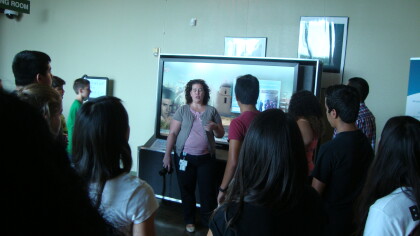
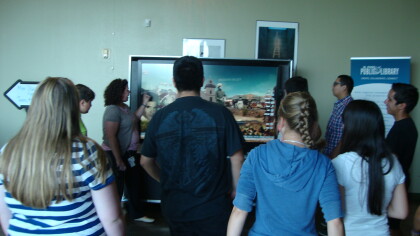
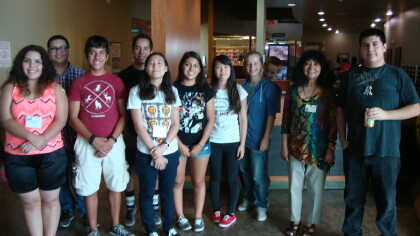
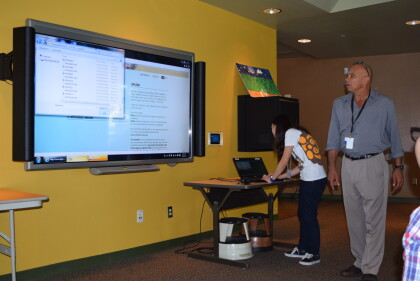
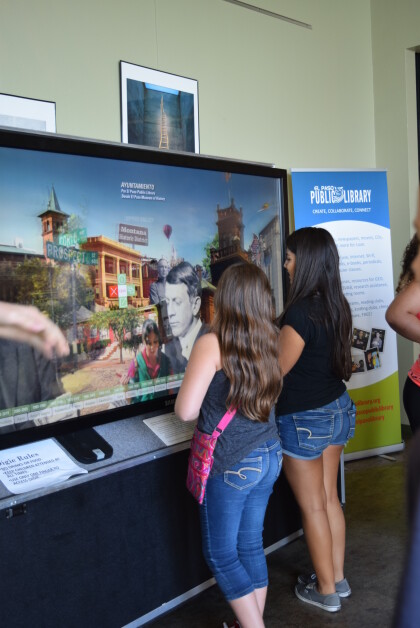
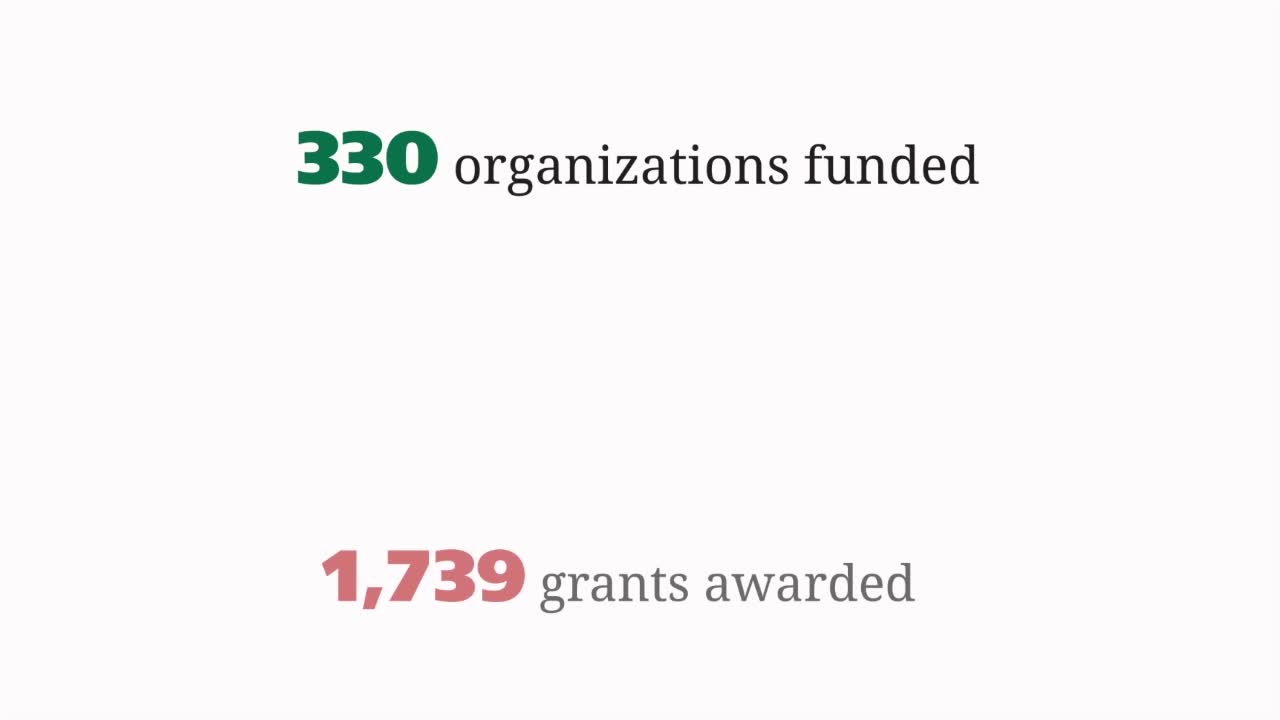
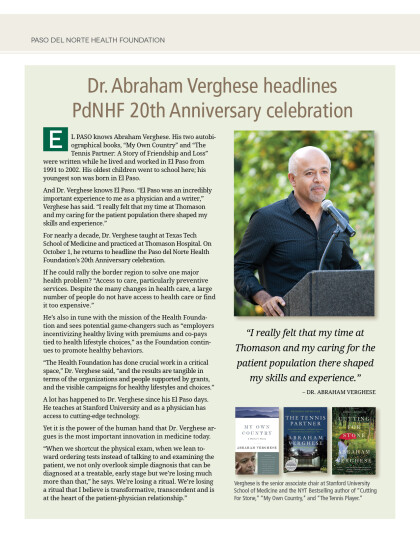
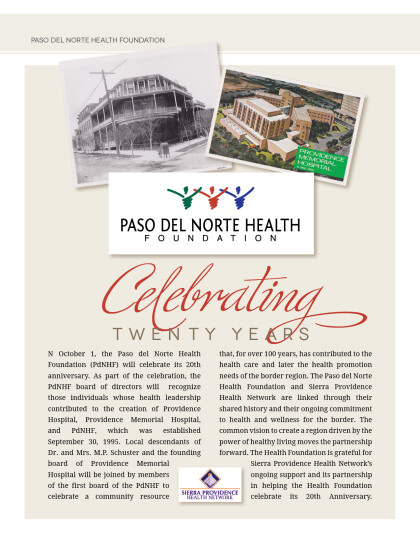

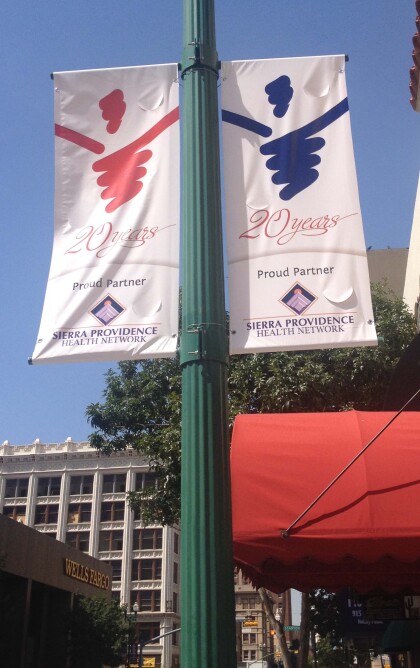
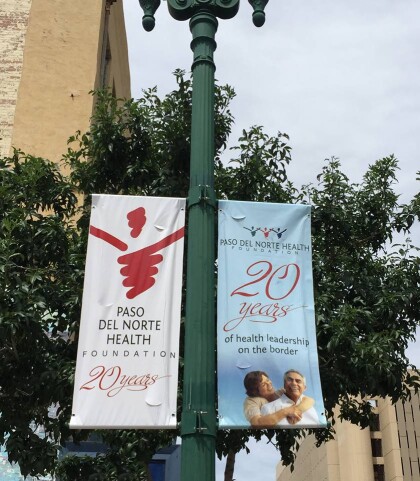

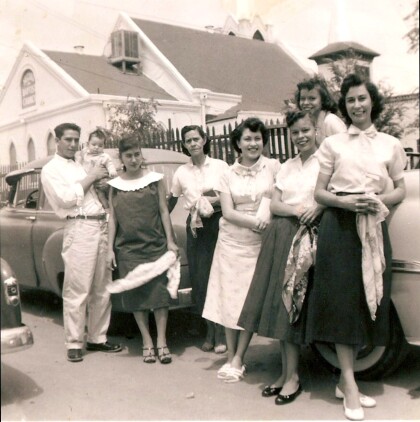
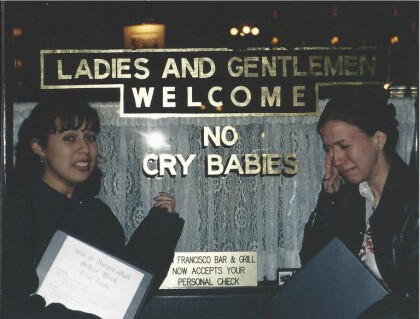
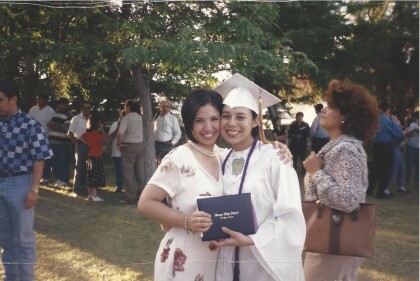
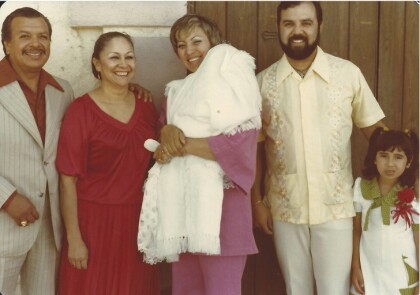
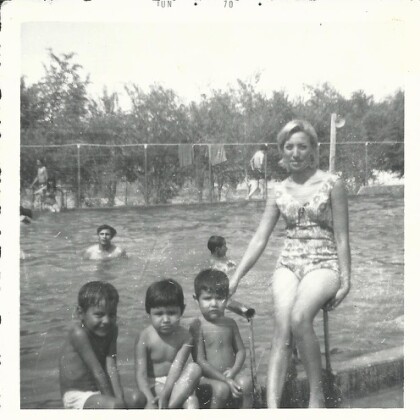
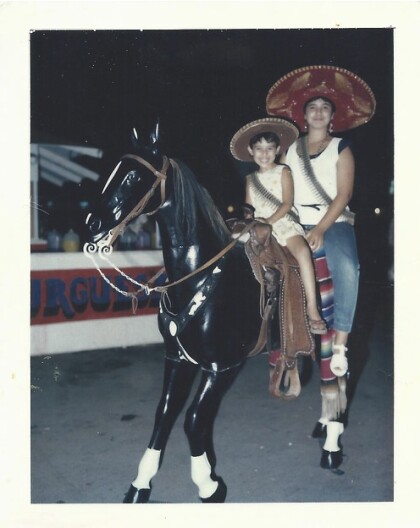
Comments
Add a comment